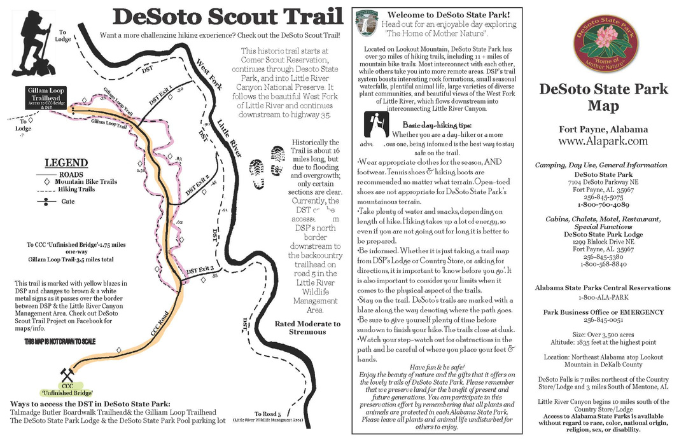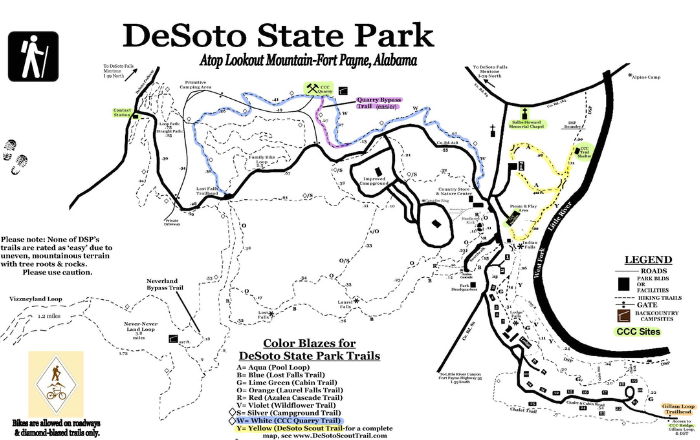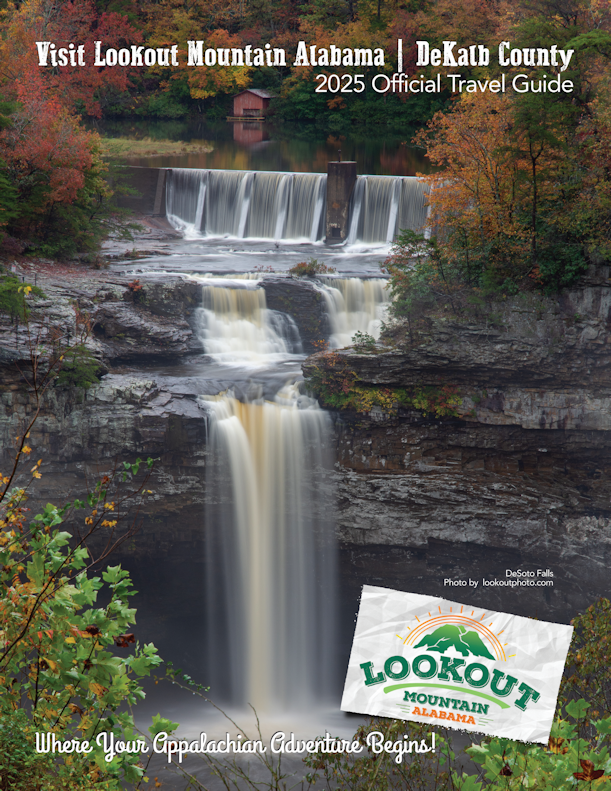History of DeSoto State Park and the Civilian Conservation Corps
The History of DeSoto State Park and the Civilian Conservation Corps (CCC)
By Emma Goggans
Photos Courtesy of DeSoto State Park
Winter is in full swing here on Lookout Mountain Alabama, and the weather is a rollercoaster of a ride. You never know when you are going to get below freezing temperatures or blue skies and sunshine. Locals try to take advantage of the pretty days, or at least I know I do. Recently during one of those pretty days, I went hiking at DeSoto State Park (my favorite place to hit the trails). However, unbeknownst to me, I was actually embarking on a journey back in time. Now, I didn’t actually travel back in time, but I did happen upon some history of DeSoto State Park. Me, being the history-buff I am, felt that I should share my findings with all the other history-buffs out there.
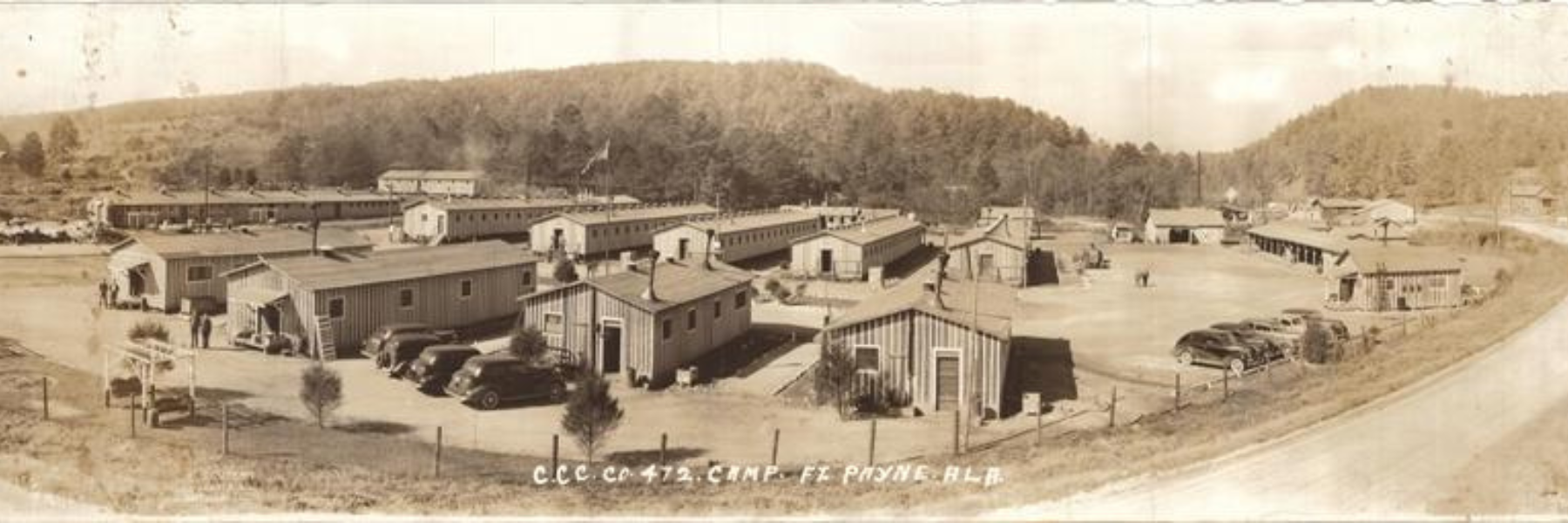
In October of 1929, there was one single event that caused the United States to face a crisis unlike anything it had ever seen before: the crashing of the stock market. The crash was caused by the constant borrowing of money to support small farms and big corporations. Millions of Americans lost their jobs, and in an instant people’s entire life savings disappeared before their eyes. Family homes, farms, and businesses were foreclosed. The fire of the American Spirit was extinguished by a gust of wind called shame. This sense of shame came from being unemployed and not being able to provide for one’s family. Unfortunately, there were no “help wanted” signs in store windows because no one was hiring during this economic crisis.
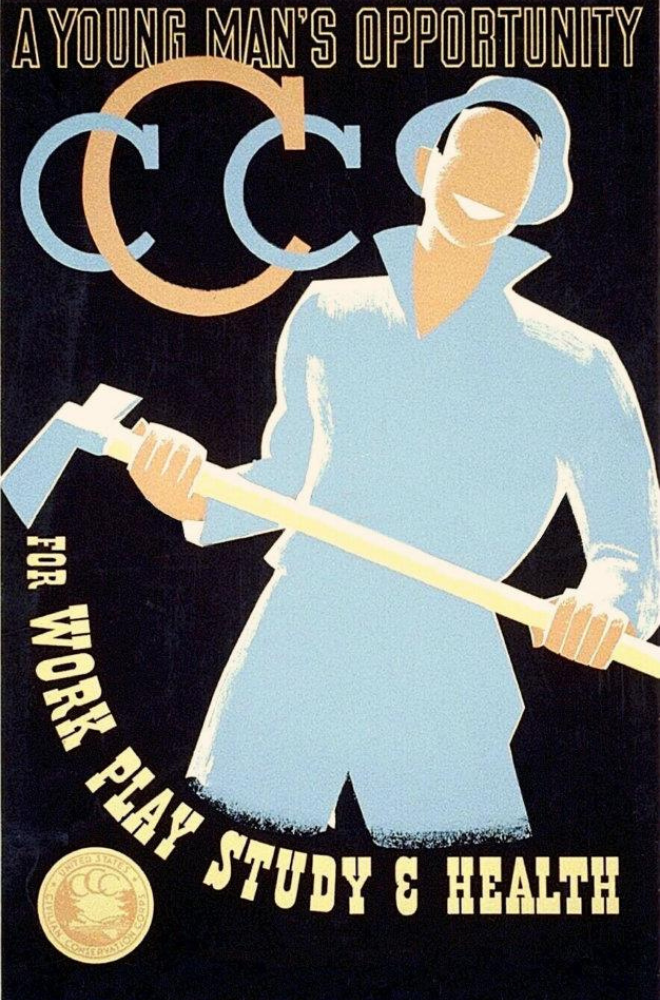
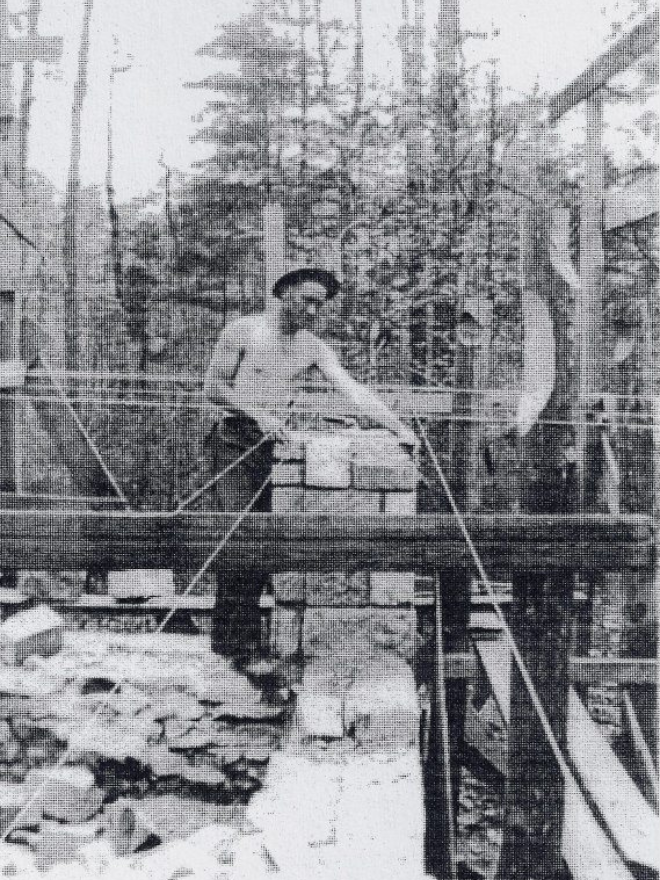
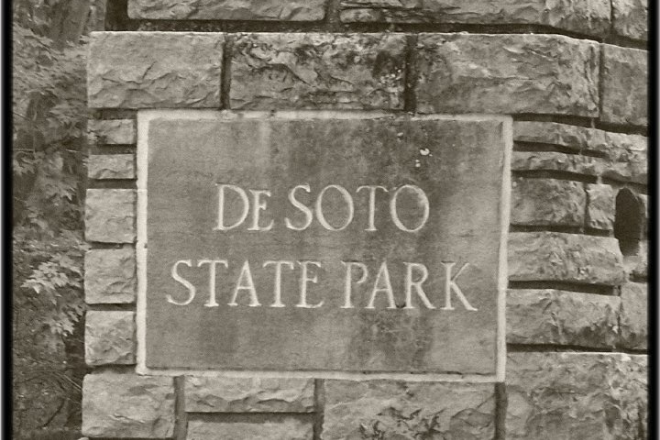
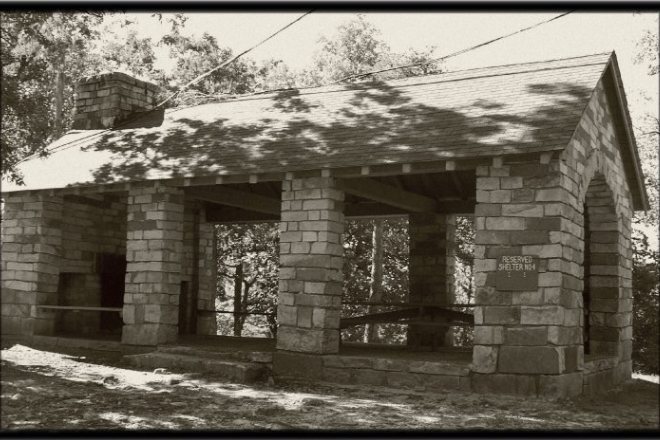
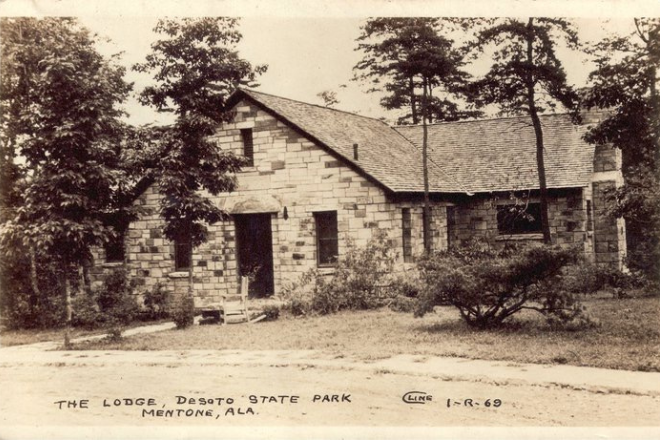
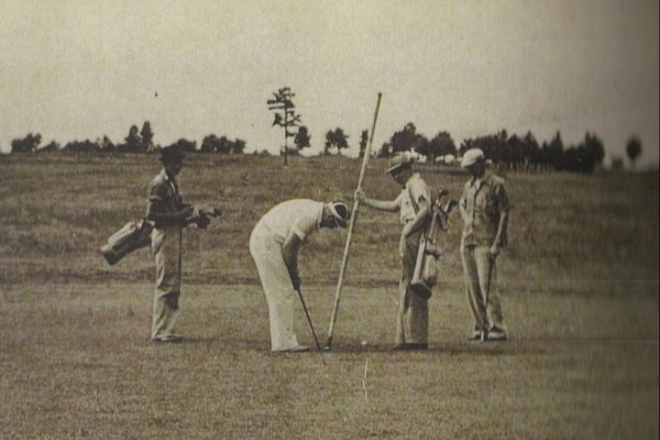
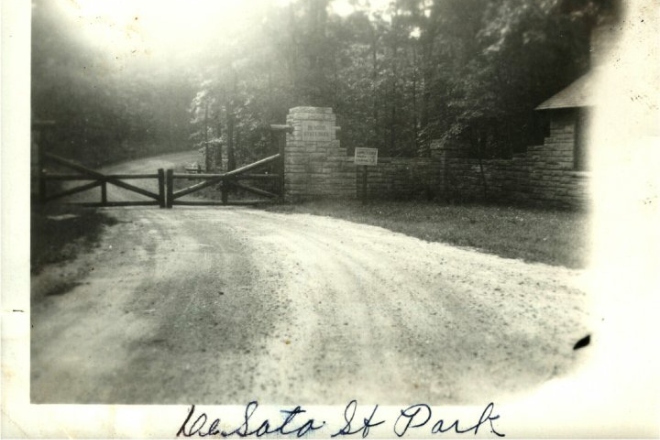
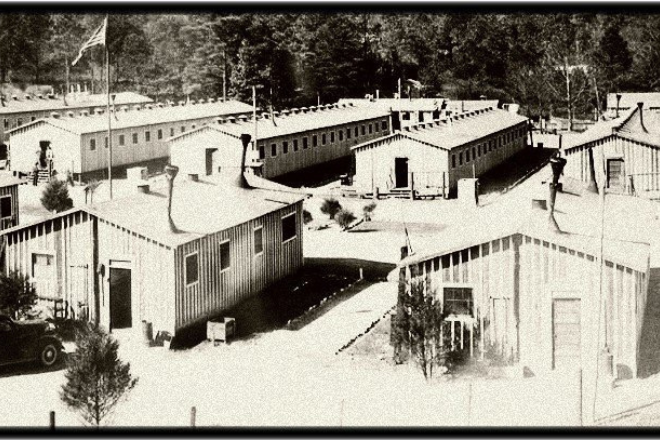
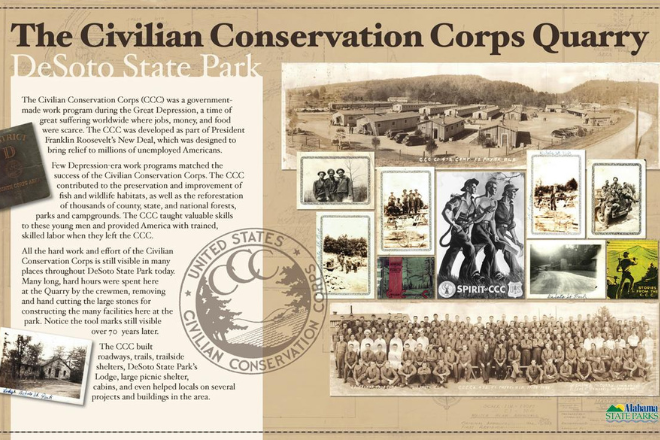

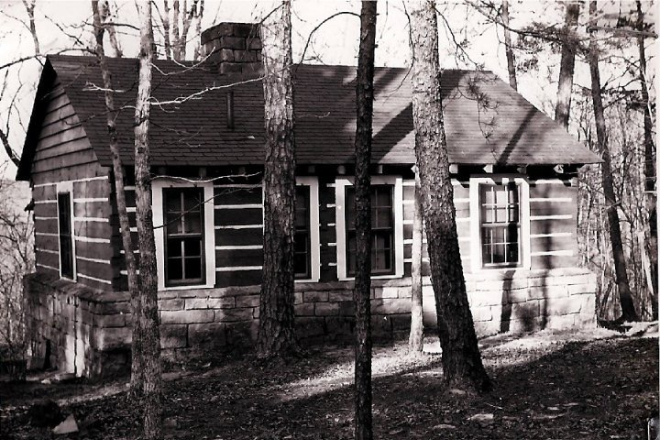
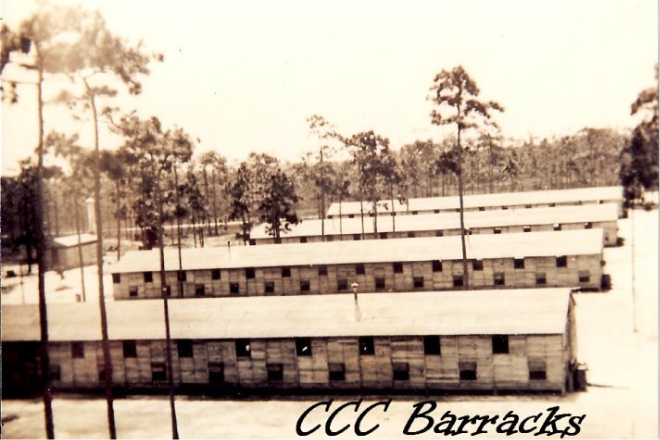
In 1932 Franklin D. Roosevelt was elected president of the United States, and brought with him hope for the American people. Roosevelt was only 99 days into his presidency when he proposed his “New Deal” to Congress. The idea was to help put Americans back to work through government-run programs. One of these government-run programs was the Civilian Conservation Corps (CCC) which was dedicated to the development and conservation of our nation’s natural resources.
The CCC proved to be the most popular and most successful of Roosevelt’s New Deal programs. In fact, once Roosevelt presented his idea to Congress a law was passed within a month officially establishing the CCC. In 1933, Roosevelt appointed Robert Fechner to be the director of the CCC and formed an advisory council full of representatives from the departments of labor, war, interior, and agriculture. The CCC soon began recruiting American youth. Enrollee’s had to be a single male within the age range of 18 to 25 years old. They had to be unemployed, a US citizen, and had to have family dependents at home. Each enrollee had to go through a selection agency and pass a physical exam. Then, he was required to serve an initial 6 month period, but had the option to serve up to 2 years. More than half of the enrollees were 17 years old and many intended to stay as long as they could. This was because the CCC provided them with their first set of new clothes and 3 square meals a day, making the CCC even more enticing. The War Department (Army) was responsible for enrollee administration, transportation, housing, food, clothing, supplies, medical care, education, discipline, physical conditioning, and recreation activities. Enrollees worked 40 hour days over 5 days a week, including Saturdays (weather permitting). Some examples of their daily duties included masonry, lumbering, and road construction. Enrollees received $30.00 a month, with an allotment of $25.00 to be sent home to their families. The official slogan of the CCC was “We can take it!”
By 1933, the CCC had gained a reputation of providing substantial economic benefits to small communities. A CCC Camp would not only provide jobs for local citizens, but would also support local businesses by buying food and supplies for the camp. So, in 1933 the local government of DeKalb County worked to establish a CCC Camp in Fort Payne, Alabama. The location selected for the main camp was a baseball field on the urbanized South end of town. This location provided electricity, local shopping, and recreational activities for the enrollees to enjoy. In the Fall of 1933, the DeKalb County CCC Camp welcomed its first group of enrollees and the men began working to construct the barracks and other structures necessary to run the camp. Meanwhile, the forestry service was developing plans for what the men would do next: build a park on Lookout Mountain Alabama. In April of 1934, the project was named State Park #5, but was later named DeSoto State Park by the locals.
The land to establish DeSoto State Park was primarily donated by locals of the area and amounted to around 950 acres. Today, DeSoto State Park covers 3,502 acres of land. Needless to say, DeSoto State Park had humble but passionate beginnings. The “CCC Boys,” as the locals came to know them, took pride in the work they were doing and took pride in their park. It is reported that the first job Company 472 was assigned was to construct a fence around the entire park. Their work didn’t stop there. In the following years Company 472 graded roads, cleared hiking trails, planted trees, and also built structures including bridges, culverts, cabins, and a group lodge. Once Company 472 improved the roads, the park truly began to take shape. Campsites were added with picnic shelters and bbq pits. State Park #5 also originally featured a golf course and an airfield. Today, visitors can still see remnants of the native sand stone and timber that was used to create a majority of the structures.
Finally, the day came in May of 1939 for the dedication of State Park #5. According to the DeKalb County Times, nearly 4,000 people were in attendance at the opening, and at the time it was the largest crowd ever assembled in DeKalb County. Local high school bands played music for the crowd, and local and state representatives gave speeches congratulating the “CCC boys” on all their hard work and for giving DeKalb County “reasons to be proud of DeSoto Park.” There was also an “aerial circus” performed by an air group from Chattanooga, Tennessee. After the ceremony, visitors were offered flights to see the park from an aerial view. The proud enrollees lead tours of the park for the guests in order for everyone to see the hard work they had poured into creating this beautiful park. This was a park built on American pride.
Unfortunately, the CCC was disbanded on June 30, 1942 due to the attack on Pearl Harbor. The agency ran on emergency and temporary support from Congress, and due to the war all government funds were revised in order to support war-time jobs and military efforts. Though it was a popular government program, it was not created to last forever. Nevertheless, during its short nine-year existence the CCC educated thousands of uneducated men. Moreover, these men helped build hundreds of parks and recreation areas all over the United States that are still in use today, including DeSoto State Park.
I recently hiked to an old CCC Rock Quarry within DeSoto State Park. It was incredible to see this piece of history. If you close your eyes, you can still hear the clanking of the metal tools and feel the pride of the American spirit. In fact, you can still see 70-year-old tool marks on some of the rocks.
In other areas, you can still feel the unfinished dreams and ambitions of the “CCC boys.” The hike along Gilliam Loop (3.5 miles round trip) takes you to an unfinished CCC bridge. The bridge was intended to connect with May’s Gulf (Little River Canyon). However, it was never completed due to the disbanding of the CCC. The giant sandstone pillars leave you speechless. It feels like finding a puzzle, and you want to finish it, but you are missing a piece. The trickling water and vegetation around the bridge provides a sense of serenity to this area. It is a hike well worth the mileage.
The legacy of the “CCC boys” lives on, and is evident on almost any trail you take in DeSoto State Park. From 75 year old bridges to trail and picnic shelters to aqua canals, these men are the reason generations to come will be able to experience the beauty of the Northeast corner of Alabama.
After your hike, take time to stop by the CCC Museum and learn more about the rich history of our beloved local park. Admission is free, with donations accepted.
“People of all ages can enjoy a truly unique experience by taking a step back in time to learn about this Depression-era program that developed DeSoto State Park and other parks all over the U.S.A.”
Hours: Saturdays-12:00-4:00 March through November
During the week and during the months of December, January, & February, & part of March open by appointment. You can call 256-845-0051 to arrange your visit.
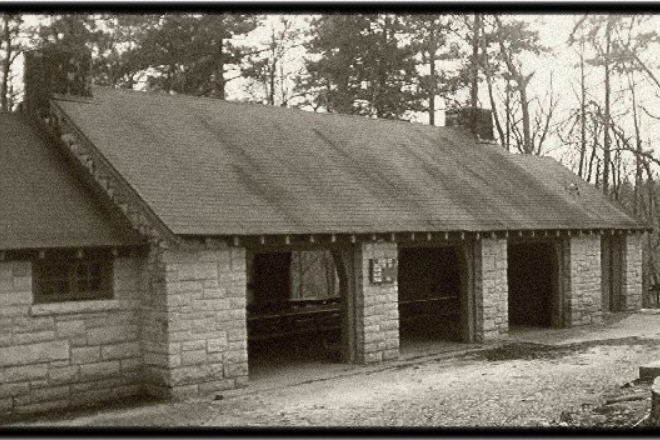
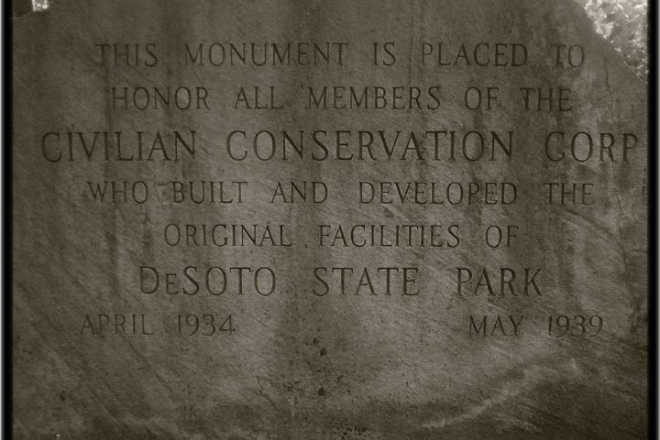
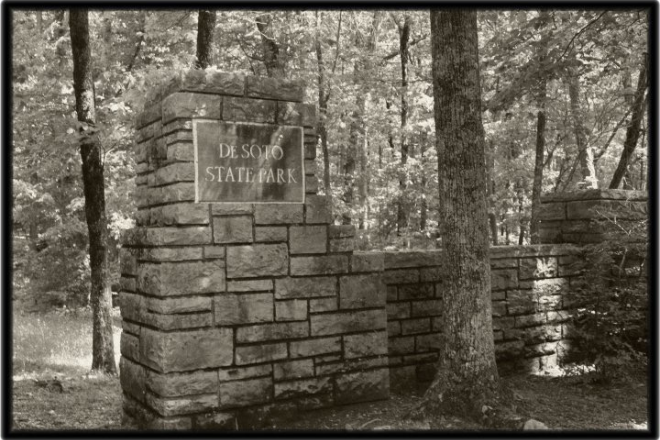
To learn more about the CCC Museum click here.
I hope you enjoyed getting to learn a little bit about the history of DeSoto State Park. I for one feel lucky that the CCC felt it right to create such a beautiful state park right in my backyard. Now, go out and enjoy a walk through history!
